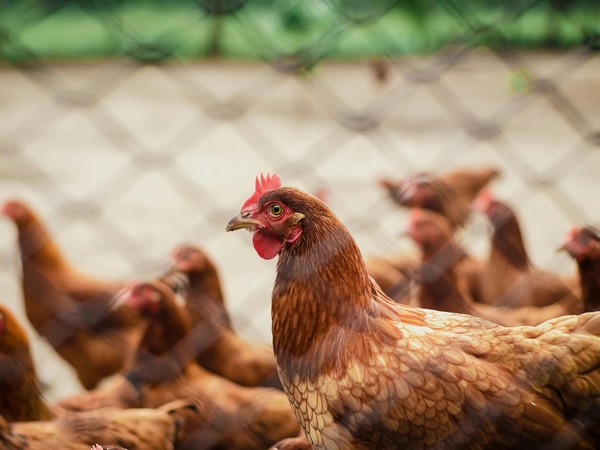
US detects H5N1 bird flu in a pig for the first time
Oct 31, 2024
Washington [US], October 31: H5N1 bird flu was confirmed in a pig on a backyard farm in Oregon, the first detection of the virus in swine in the country, the U.S. Department of Agriculture said.
Pigs represent a particular concern for the spread of bird flu because they can become co-infected with bird and human viruses, which could swap genes to form a new, more dangerous virus that can more easily infect humans.
The USDA said there is no risk to the nation's pork supply from the Oregon case and that the risk to the public from bird flu remains low.
Pigs were the source of the H1N1 flu pandemic in 2009-2010, and have been implicated as the source of others, said Richard Webby, a St. Jude Children's Research Hospital virologist who studies flu in animals and birds for the World Health Organization.
The finding of the virus in a small farm makes the pig infection less of a concern than if it had been detected in a commercial pig farm, he said.
"I think it probably doesn't increase the risk much, but surely, if this virus starts transmitting in pigs, that absolutely increases the risk," he said.
The Oregon farm has been quarantined, and other animals there, including sheep and goats, are under surveillance, USDA said.
Pigs and poultry on the farm were culled to prevent the spread of the virus and enable additional testing of the swine, USDA said.
Tests are still pending for two of the pigs, the agency said.
The swine case originated with wild birds and not from a poultry or dairy farm, said a USDA spokesperson.
Wild bird migration has carried bird flu to poultry flocks and cattle herds.
The case was one factor that drove the USDA to broaden its bird flu surveillance to include nationwide bulk milk testing, which the agency announced on Wednesday, Agriculture Secretary Tom Vilsack told Reuters in an interview.
"While it's a different variation of the virus and it is tied to wild birds, it is a factor to make sure that we understand and appreciate exactly where the virus is in dairy and in bovine," he said.
The pigs on the Oregon farm were not intended for the commercial food supply, USDA said.
Still, the finding pressured lean hog futures prices at the Chicago Mercantile Exchange, a trader said.
Poultry and swine on the backyard farm shared water sources, housing and equipment, which have all served as pathways for transmitting the virus between animals in other states, the agency said.
The detection is a warning for pig farmers to be on the lookout for further infections, said Marie Culhane, a professor of veterinary population medicine at the University of Minnesota who has researched flu viruses in swine.
"People need to start increasing their plans to deal with it if it should happen in another herd and another herd," Culhane said.
"Pigs are just really good at picking up influenza viruses."
This year, 36 people have tested positive for bird flu as the virus has spread to nearly 400 dairy herds.
All but one of the people were farm workers who had known contact with infected animals.
Since 2022, the virus has wiped out more than 100 million poultry birds in the nation's worst-ever bird flu outbreak.
Source: Fijian Broadcasting Cooperation






